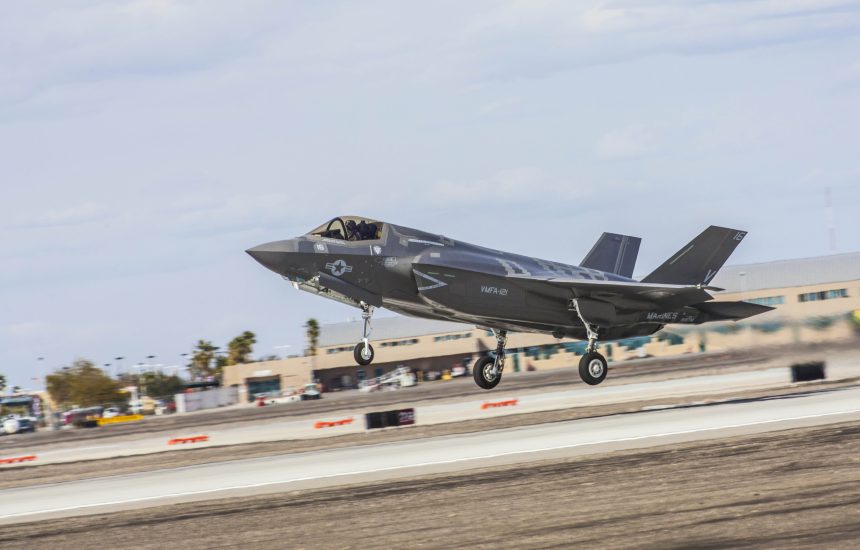On Feb. 22, the Pentagon decided to suspend the flights of all Lockheed Martin F-35 Lightning II fighter planes after a crack was found on a turbine blade of a test aircraft at Edwards Air Force Base, California.
The decision comes only nine days after the DoD had cleared the STOVL (Short Take Off Vertical Landing) variant of the 5th generation combat plane, designed the F-35B, to resume flying activity after a month long grounding due to a fueldraulic engine problem.
Even though both groundings were caused by engine problems, the extent of the last suspension is wider as it affects all the JSF (Joint Strike Fighter) types: the F-35A conventional takeoff version, the F-35B jump jet variant (destined to replace the AV-8B Harrier) and the F-35C Carrier Variant.
The crack on the low pressure turbine of the F135 engine problem will roughly require a week-long investigation according to a P&W spokesman quoted by DefenseNews.
According to the official statements, Lockheed Martin, Pratt & Whitney, which builds the engine for the fighter, are working closely to “ensure the integrity of the engine and return the F-35 fleet to flight as soon as possible.”
Maybe there’s someone in Washington DC who repent for killing the F-35’s second engine program….














